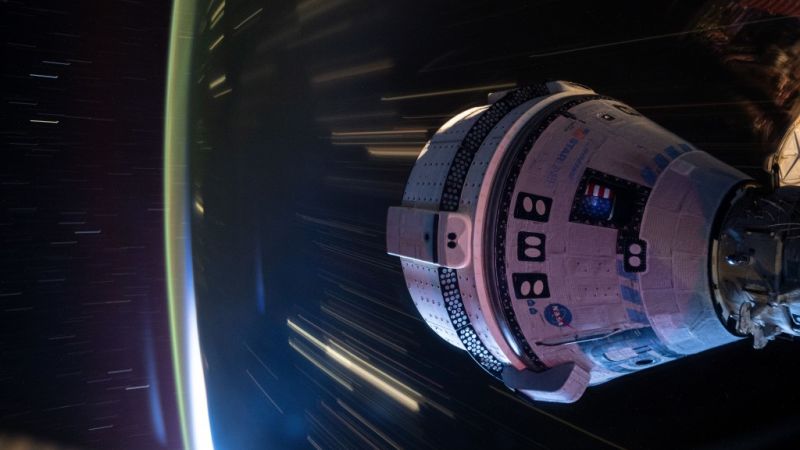After weeks of troubleshooting and recent tests meant to replicate the issues plaguing Boeing’s Starliner spacecraft, NASA and Boeing officials still aren’t ready to name a return date for the two astronauts piloting the vehicle on its inaugural crewed test flight.
But engineers do finally have some possible answers about what ultimately caused some of the Starliner’s problems during the first leg of its trip, which included helium leaks and thrusters that abruptly quit working en route to the International Space Station.
The revelations come after Boeing and NASA spent the past couple of weeks working to understand the problem on the ground and prompted plans for some additional testing this weekend, which should serve as “icing on the cake” for understanding the issues, said Mark Nappi, Boeing’s Commercial Crew Program manager.



Hello fellow space engineers. I too know the root cause, but I won’t reveal it just yet. Perhaps after the weekend?
The article said it.
The hot parts aren’t compatible with high heat sounds right on par for Boeing